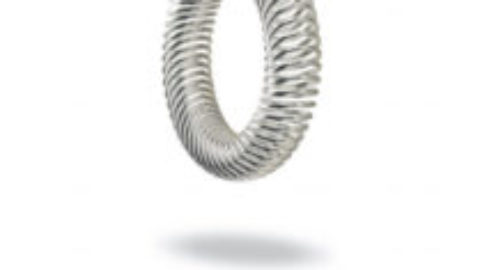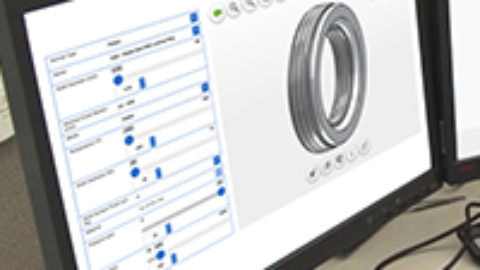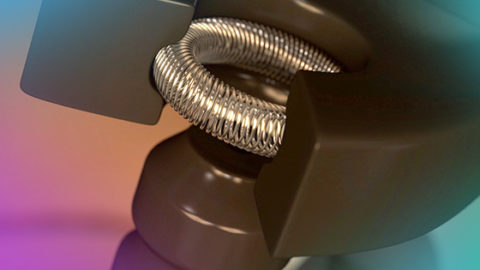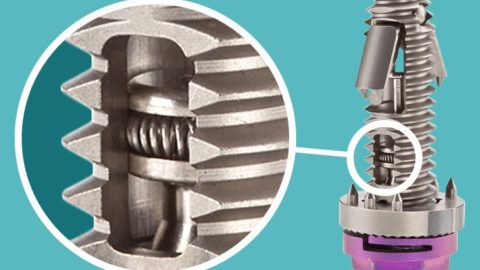If you’re developing an electrical connector for a defense or commercial aviation application, contact springs can help address any size, weight, and power (SWaP) consumption challenges you may face.
Our Bal Spring® is at work in some of today’s most advanced land, sea, and air platforms. It has been helping designers like you achieve new levels of connector performance and reliability for more than 30 years.
Watch the video below to discover how our contact springs are used in various aerospace and defense connector applications.
Benefits of Using Contact Springs in Aerospace Connectors
Often, separate components are used to fulfil mechanical latching, EMI shielding, and electrical conducting functions in electrical connectors. This can increase the size and weight of the designs, leading to challenges meeting strict size, weight, and power requirements.
The 3-in-1 functionality of the Bal Spring allows designers to improve connector performance and reliability while meeting size, weight, and power requirements.
Bal Springs have a wide range of functional capabilities, including:
- mechanically latch and hold push/pull connections with controllable insertion and removal forces
- shielding against EMI/RFI
- manage high current flow to and from engine, navigation, battery backup, and other critical systems with minimal heat rise
Bal Springs simultaneously latch and conduct. This helps reduce installation time and protects against potential damage. Even in high shock and vibration environments, our springs ensure reliable electrical conductivity and mechanical latching for arming and firing systems.
With Bal Spring, designers have the ability to reduce the weight of their designs and manage high current, while ensuring consistent power and signal integrity.
Electrical Connector Design Assistance
Consulting with a Bal Seal engineer can help address any size, weight, and power consumption challenges in your electrical connector designs.
If you’re interested in learning more about how Bal Seal’s contact springs can improve the design of your connector, click here to submit a Design Request Form.











